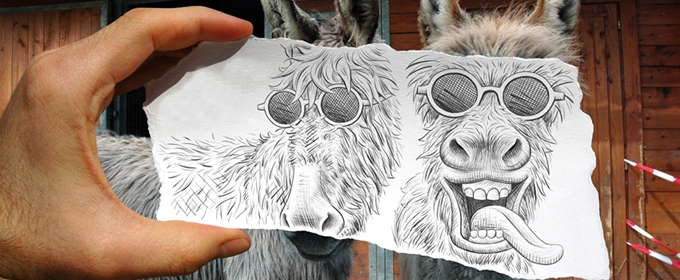I was walking from my car to the Barnes & Noble in the Calabasas Commons and saw a man leaving the store, dragging his wailing daughter behind him.
“I want you to read Litra-ture,” he admonished the screaming child. “Litra-ture, I told you!”
Ooph. Apparently she was not yet ready to settle down and read Crime and Punishment. My feeling is, if your 8- or 9-year-old is reading anything at all–comic books, Manga, cereal boxes–it’s a good thing.
Same goes for art. Oops. I mean Art with a capital A.
I once asked my art professor if she felt it was necessary to have studied art to be a good artist. Personally, I don’t think so. There are plenty of wonderful artists who are not educated or even exposed to much art: folk artists, outsider artists, artists from other cultures.
Where do we draw the line about what art is? What about the distinction that some people make between art and its so-called bastard child, craft?
This is never more evident than in the world of ceramics. Pottery and functional ware are still often considered a “craft.” Thor Froslov has been credited with saying that “If you can piss in it, it’s craft. If you can piss on it, it’s art.” I tried to find out who Mr. Froslov is, and what his credentials are, but found very little information on the man and his bladder..uh..blather.
The value of ceramics has yet to keep pace with other art forms. Buyers often balk at spending $250-300 for a tea set they will use every day, but think nothing of spending much more than that for a small painting or blown glass.
Some of this craft vs art bias has been unraveled by ceramic artists influenced by Abstract Expressionism like Peter Voulkos, along with John Mason, a Neo-Constructivist, and Ron Nagle and Ken Price, both fetish finish “LA Style” artists. But the bias remains, to the detriment of potters all over the world.
Janos Probstner, director and founder of the International Ceramic Studios in Hungary (ICS), spoke eloquently of ceramics as an art form in his lecture to the 1997 International Ceramics Festival in Wales.
“Ceramic art is the art of the primeval elements. It is made from the earth with water and by fire. As we know, due to its particular resistance to decay, archeological research has been able to track ceramic art as perhaps the most ancient form of humanity. Ceramics could be created in a simple way for thousands of years from the body of our ancestress, Gaia, from the ground which is in danger now for her natural existence. Ceramics…can be used only for human purposes because of its singular fragility and difficult handling.
Clay is a wonderful gift for humanity as it can be found almost all over the world in nature, though with different qualities, and used as a material for artistic purposes. Perhaps this wonderful feature is the reason that so many cultures and dreams of individuals can be formulated in the basic material of ceramic art.
The interesting attribute of ceramic art is that it carries the features of sculpture and painting thus it is difficult at times to decide if the creator is a ceramist or a sculptor or a painter. That is why it is so fascinating that regarding the method of using the material the artist can be any of them. Regarding the quality, the artist can be a craftsman or an artist or both at the same time.
Most of the time it is a big dilemma for those appreciative analysts or critics of the ceramic art that ceramic pieces can hardly be measured against each other or to works of other art forms. In the US, I’ve encountered a remarkable comparative system used by Wayne Higby, an excellent, well known American colleague, which endeavors to make categories based on the ceramic item’s place of use or function, for example: “objects of the kitchen,” “objects of the room,” etc. It is an interesting approach. Correct or not–it is a question of the acceptance of the concept. For me, neither comparison nor analysis is important. Every work created by a fine artist or craftsman, valuable or valueless, can only be compared to itself.
Art or not art–it is that simple, I think. Within this, the points of view of judgment and qualifying must be based on the aesthetic values, the unique technique and the recognizable messages which are in the work. It can be good or bad, nice or ugly, it could be done by a talent or a dilettante, the value of it is decided by the receiver. This is how it has to be!”
